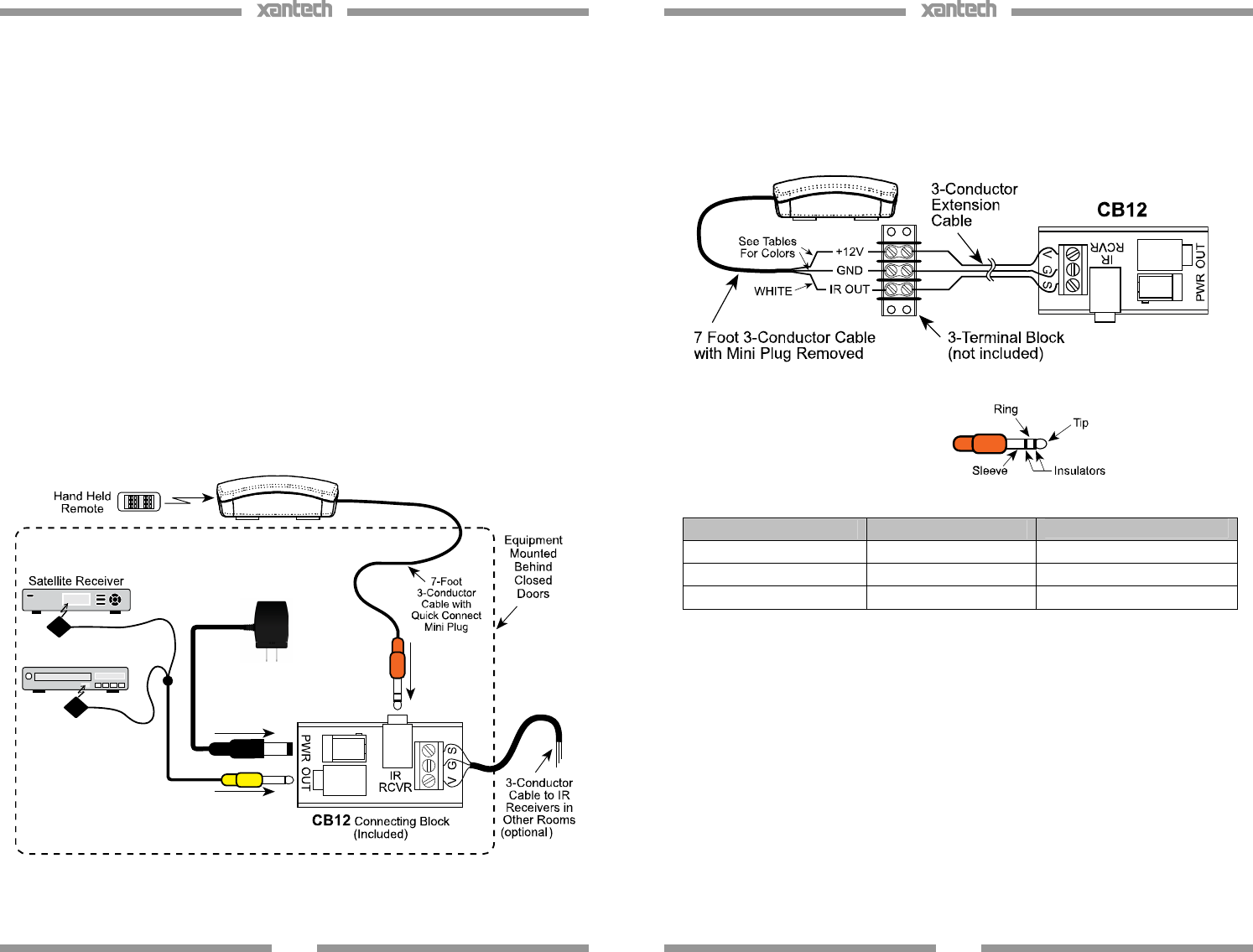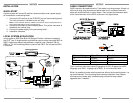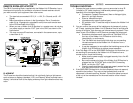
2
INSTALLATION
QUICK-START
A typical system will use an IR receiver, several emitters, and a power supply
all connected to a connecting block.
1. Connect the IR receiver to the “IR RCVR” port on the connecting block.
The ‘red’ connector is installed to the ‘red’ plug.
Note: In some extended distances, additional 3-conductor may be required and can be
connected to the terminals on the connecting block.
2. Connect the Emitters to the connecting block. The ‘yellow’ connector is
installed to the ‘yellow’ plug.
3. Connect the power supply to the connecting block.
4. Installation complete
LOCAL SYSTEM APPLICATION
In this system a 286D Dual Blink-IR Designer Emitter is shown connected to
the “OUT” jack. A single emitter could also be used, such as the model 282D or
283D. If expansion beyond two emitters is required, use a Xantech 789-44,
CB60, or 791-44 Connecting Block in place of the CB12. Do not use the CB12
in this case.
781ERGPS
To 120 VAC
(Unswitched)
Emitter
HL95 IR Receiver
DVD
3
CABLE CONNECTIONS
HL95’s may also be used where the 7-foot cable is not long enough. Simply cut
off the mini plug, strip the leads and splice them to a 3-conductor extension
cable with a terminal block or other means. Then connect the extension cable
to the 3-terminal block on the CB12 as shown in the figure below.
3.5mm mini plug Signal Name
Wire Color
TIP SIGNAL WHITE
RING GROUND BLACK
SLEEVE +12VDC RED
The 3-conductor inter-room cable (24 gauge up to 200’, 22 gauge up to 600’,
20 gauge up to 2000’, 18 gauge up to 5000’), is run to the main room.
While it is possible to make wired connections without the connecting block, it is
not recommended. The connecting block reduces installation time, helps to
eliminate errors, allows easy troubleshooting and permits easy system
upgrades later, if needed.
HL95 IR Receiver






